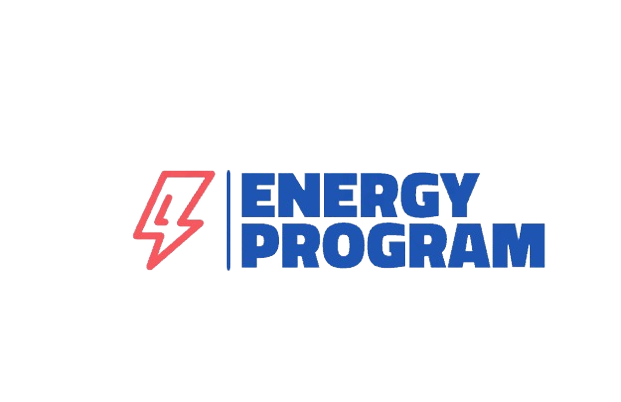The Victorian Energy Upgrades (VEU) program has been a cornerstone of energy efficiency efforts in Victoria for years, driving the creation of Victorian Energy Efficiency Certificates (VEECs). These certificates represent a measurable reduction in greenhouse gas emissions achieved through energy-saving activities, such as installing efficient lighting, upgrading HVAC systems, and improving building insulation. However, in recent months, there has been a noticeable slowdown in the creation of VEECs. In this article, we’ll explore the reasons behind this trend, what it means for the industry, and what businesses and consumers can expect moving forward.
Understanding VEEC Creation
Before diving into the slowdown, it's important to understand how VEECs are created. Under the VEU program, accredited persons (APs) are responsible for delivering energy efficiency projects and submitting evidence of completed activities to the Essential Services Commission (ESC). Once the evidence is verified, VEECs are created and can be sold on the market, providing financial incentives for both the accredited businesses and consumers who undertake energy-saving activities.
Factors Contributing to the Slowdown
Several factors have contributed to the recent slowdown in VEEC creation:
- Tighter Compliance Requirements
In recent years, the ESC has introduced more stringent compliance and verification processes. The program has faced scrutiny regarding the authenticity and quality of claimed activities, leading to stricter rules and more rigorous audits. These new measures, while critical for maintaining the program’s integrity, have slowed down the rate at which VEECs are approved. APs now have to invest more time and resources in ensuring every submission meets higher standards of evidence. - Market Saturation
Many low-hanging fruit opportunities for energy efficiency improvements have already been exploited. For instance, the widespread adoption of LED lighting under previous phases of the program means there are fewer straightforward, high-volume opportunities available today. As a result, the growth in VEEC creation has plateaued, with APs needing to explore more complex and costly upgrades to generate certificates. - Supply Chain Issues and Rising Costs
The global economic landscape has changed significantly, with supply chain disruptions and inflation impacting the cost of materials and labor. For many APs, the increased costs have made it challenging to maintain profitability while participating in the program. This, coupled with the longer timelines needed to deliver certain energy efficiency projects, has resulted in a slowdown in the number of VEECs generated. - Changes in Program Activity Eligibility
Over time, the VEU program has undergone updates, with certain activities being phased out or reclassified. Some high-volume activities, such as the installation of certain types of lighting, have seen changes in eligibility or rebate amounts, leading to a reduction in VEEC creation. Newer activities, like upgrades to HVAC systems or window installations, while still promising, often require more specialized expertise and longer project timelines. - Uncertainty Around Policy and Regulatory Changes
The VEU program’s future has been subject to ongoing policy discussions and reviews. Uncertainty about potential changes to incentive levels, activity eligibility, or program targets can cause APs to hesitate or delay large projects. This “wait and see” approach by the industry, as they anticipate regulatory shifts, contributes to the slowdown in VEEC creation.
The Impacts of the Slowdown
The slowdown in VEEC creation has several implications:
- Price Increases for VEECs: As the supply of VEECs decreases, their market value may increase. While this could be beneficial for sellers, it might result in higher costs for businesses looking to purchase certificates to meet their energy savings obligations.
- Pressure on APs and Service Providers: The need for more detailed compliance documentation and slower approval processes is placing pressure on businesses participating in the VEU program. Some APs are finding it challenging to maintain their workflow and profitability in this environment.
- Shifts in Market Focus: With simpler activities saturated, the market is likely to see a shift towards more specialized and technically complex upgrades. This could open up opportunities for businesses that are equipped to handle these types of installations, such as advanced HVAC systems or comprehensive building retrofits.
What’s Next?
The slowdown in VEEC creation doesn’t signal the end of the VEU program, but rather a transformation. The program is evolving, and the industry must adapt accordingly. Businesses participating in the VEU program should focus on the following:
- Investing in Compliance: Given the increasing emphasis on compliance, APs should invest in training, better record-keeping, and robust audit processes. Ensuring every submission is airtight will be key to avoiding delays and rejections.
- Exploring New Activity Types: As traditional activities become less profitable or feasible, there’s a growing need to explore new opportunities within the VEU program. Activities like building envelope upgrades, advanced HVAC systems, and heat pump installations may present new growth areas.
- Staying Informed: Keeping up with regulatory updates and program changes will be critical. Engaging with industry bodies and participating in consultations can help businesses stay ahead of shifts in the VEU landscape.
